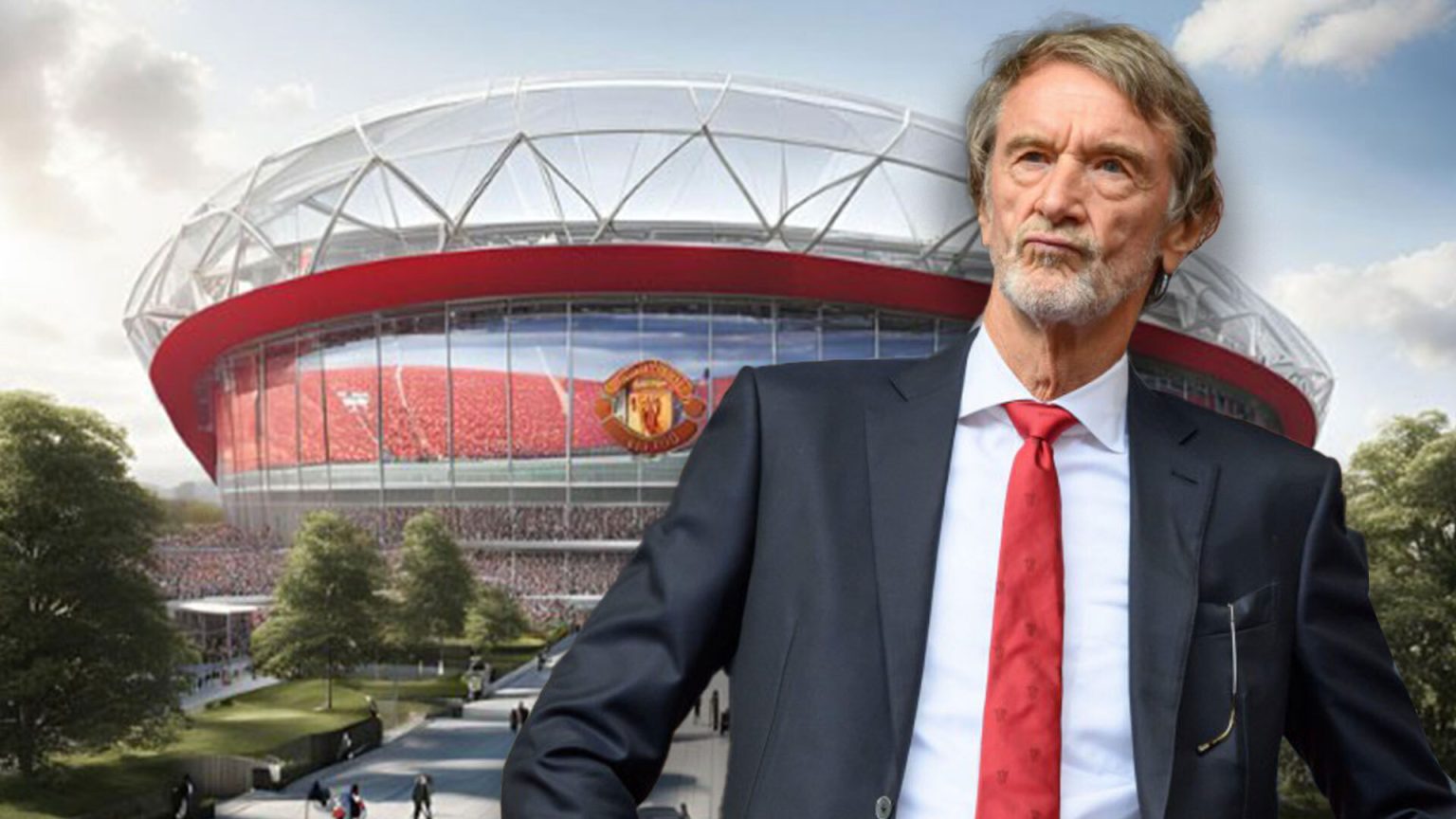Paragraph 1: The Vision for a New Old Trafford
Manchester United, under the leadership of co-owner Sir Jim Ratcliffe, is embarking on an ambitious project to transform the iconic Old Trafford stadium. This vision involves the potential construction of a state-of-the-art, 100,000-seater stadium, representing a significant upgrade from the current capacity. The project, estimated to cost £2 billion, has garnered government backing and promises a complete overhaul of the surrounding area, creating new housing, commercial spaces, and public amenities, alongside generating thousands of jobs. Ratcliffe’s eagerness to commence construction is palpable, with a target completion date set for 2030, though building experts suggest a more realistic timeline may extend to 2032, considering the complexities of planning permissions and the scale of the undertaking.
Paragraph 2: Redevelopment vs. New Build: A Crucial Decision
The club faces a critical decision: whether to renovate the existing Old Trafford or embark on a completely new build. A recent feasibility study, conducted by a task force including former Manchester United star Gary Neville, Manchester mayor Andy Burnham, and Lord Sebastian Coe, revealed that a redevelopment of the current stadium would limit its capacity to 87,000, significantly less than Ratcliffe’s envisioned 100,000. This capacity constraint adds weight to the argument for a new stadium. The final decision on this crucial matter is expected before the end of the current football season, setting the stage for a transformative period for the club and the surrounding area.
Paragraph 3: Ratcliffe’s "Wembley of the North" Ambitions
Sir Jim Ratcliffe’s vision transcends a mere stadium upgrade; he envisions a "Wembley of the North," a world-class sporting arena that serves as the heart of a revitalized district. This ambitious project, projected to cost £2 billion, has been hailed by Lord Coe as one of the most significant regeneration projects in UK history. This resonates with Manchester mayor Andy Burnham’s view of it as the biggest urban regeneration opportunity since the 2012 London Olympics, aligning with the city’s 10-year growth plan. This grand vision extends beyond the stadium itself, encompassing crucial infrastructure improvements such as relocating freight lines to enhance rail capacity and unlock further development potential for the entire region.
Paragraph 4: A Challenging Season on the Pitch
While the club’s future infrastructure shines brightly, the current season on the pitch has been challenging. Manchester United currently sits in a disappointing 13th place in the Premier League, with only 8 wins from 24 games. This performance stands in stark contrast to the club’s storied history and the high expectations of its fans. The disconnect between the grand vision for the future stadium and the current struggles on the field underscores the need for a significant turnaround in the team’s performance.
Paragraph 5: Cost-Cutting Measures and a Summer Reset
In response to the on-field struggles and the broader financial landscape, Ratcliffe and Ineos have implemented cost-cutting measures across the club, including reductions in budgets for non-playing staff. These measures, however drastic, reflect the current financial realities and a need for greater efficiency. The upcoming summer transfer window is expected to be a period of significant change, with rumors circulating that nearly every member of the current squad is potentially available for sale. This suggests a potential squad overhaul under a new manager, signaling a desire for a fresh start and a renewed focus on reclaiming the club’s former glory.
Paragraph 6: The Broader Implications of Transformation
The proposed Old Trafford redevelopment symbolizes more than just a new stadium; it represents a broader revitalization of the surrounding area and a commitment to the future of the club. The projected creation of jobs and new public spaces highlights the potential for significant positive economic and social impact on the community. The scale of the project, coupled with the involvement of prominent figures like Gary Neville and Andy Burnham, underscores its importance not only for Manchester United but for the city and the wider region as a whole. The contrasting realities of the current on-field struggles and the ambitious vision for the future create a compelling narrative of challenge and opportunity, setting the stage for a pivotal period in the club’s history.


